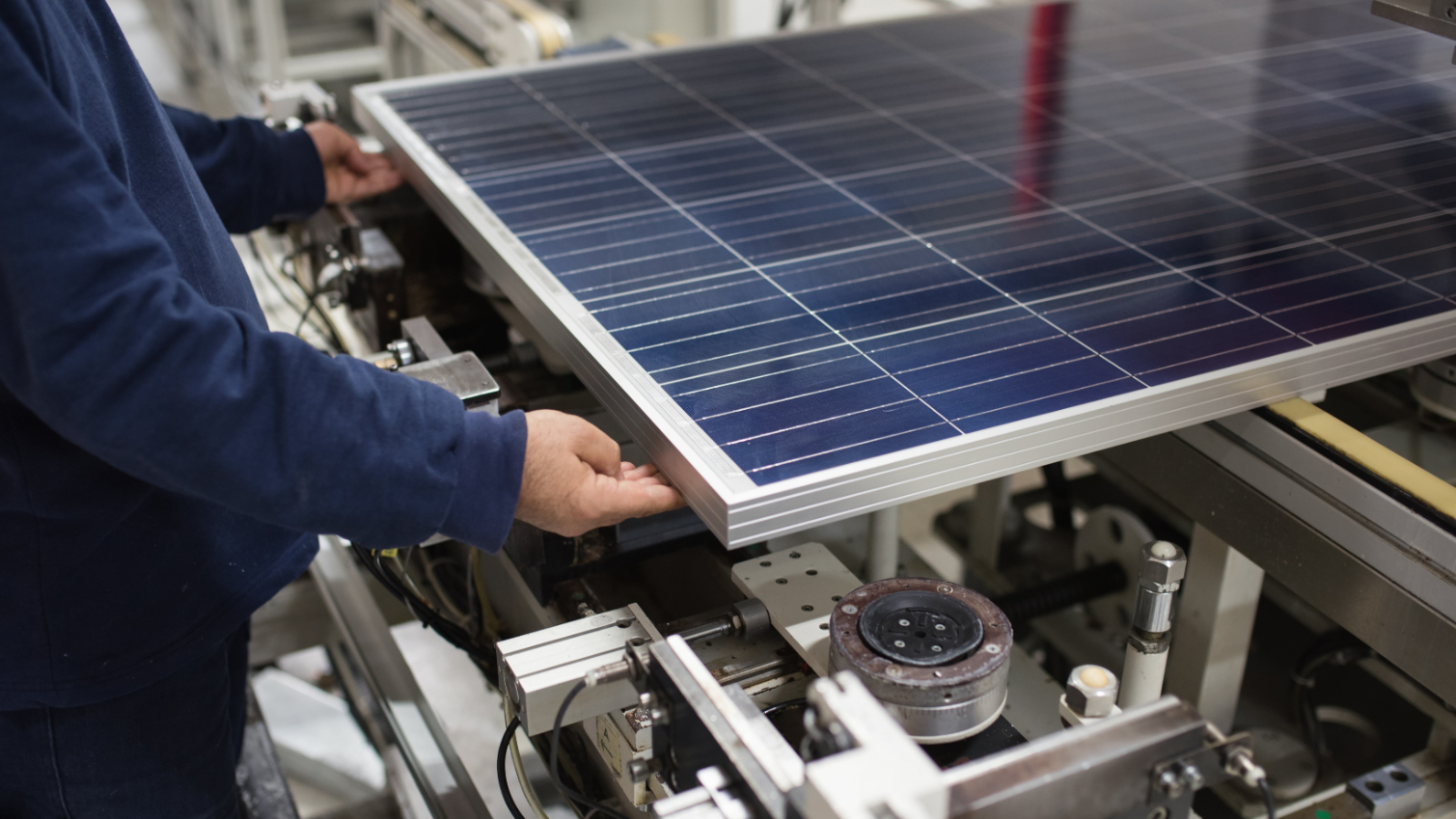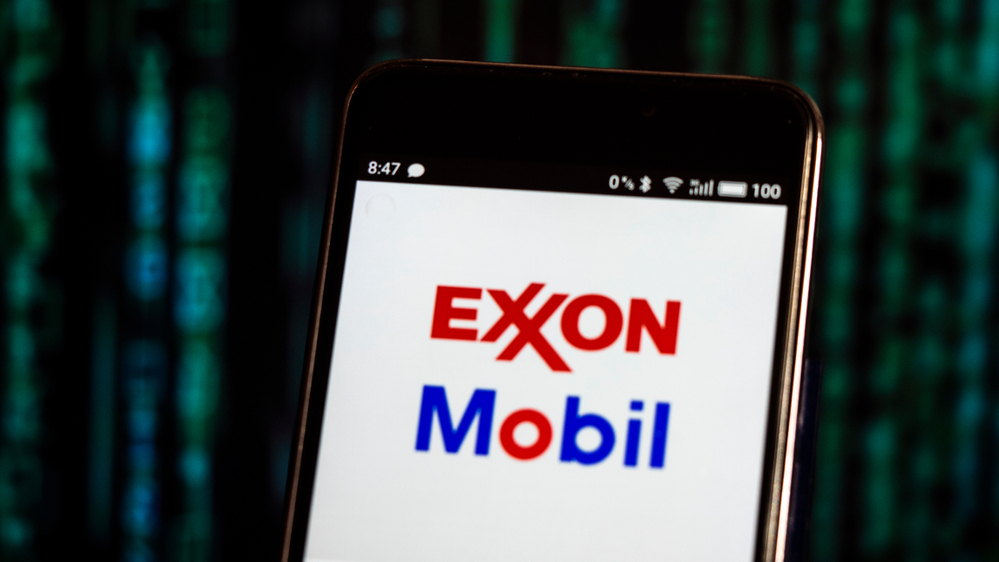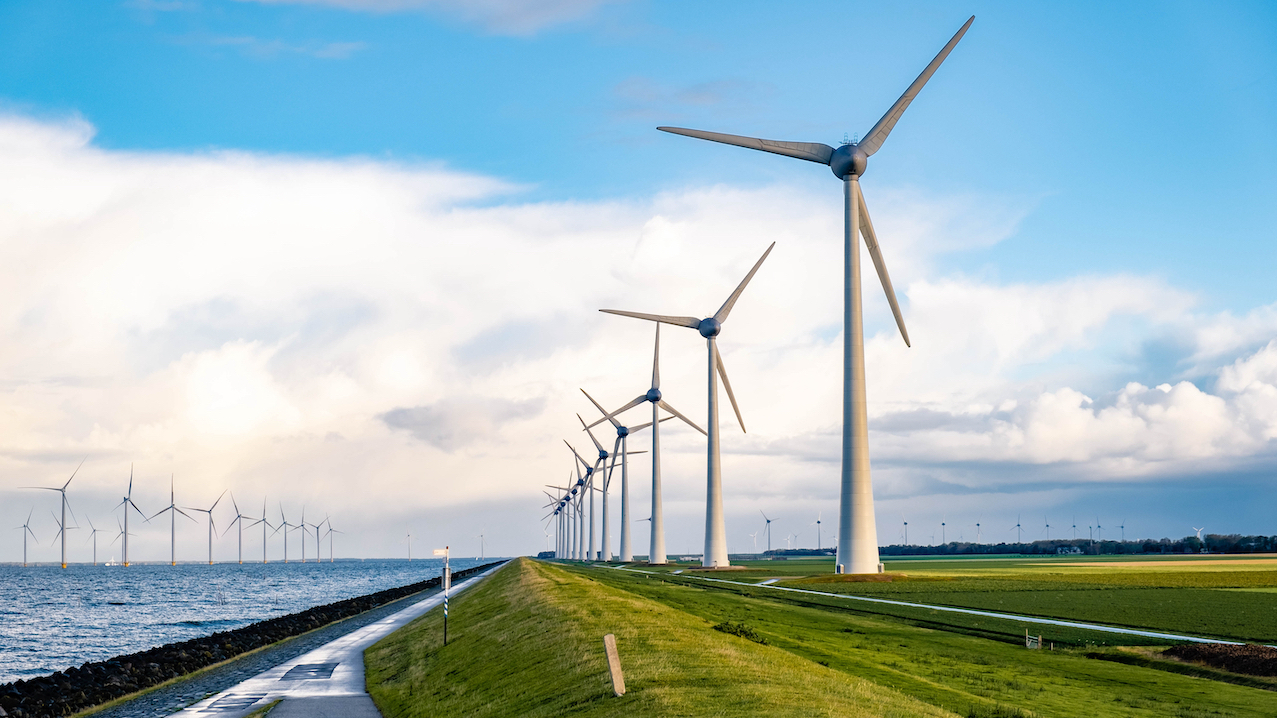
US and China battle for clean energy tech will feed economic rivalry
Clean energy is fast becoming a key part of the on-going economic rivalry between the US and China as both superpowers attempt to become leaders in this sector.
In a historic move on June 6, US President Joe Biden took bold executive action to drive domestic clean energy manufacturing by authorising the use of the Defense Production Act (DPA) to lower energy costs, strengthen the power grid and create well-paying jobs.
This will accelerate domestic production of clean energy technologies, such as solar panel parts, and harness the full power of federal procurement to drive additional domestic solar manufacturing capacity.
Biden’s action is seen as a landmark move in a world where China, the US’s peer and competitor, already leads the field in renewable energy production.
Renewables will become part of the on-going economic rivalry between the US and China that has already impacted industries such as semiconductors and steel – and could result in increased geopolitical risks over the coming years.
The two countries are approaching development of more sustainable energy production from slightly different angles, says Isaac Stone Fish, founder and CEO of Strategy Risks, a company that analyses business exposure to China.
“China is upgrading its economy to become more energy intensive and is looking to do this in a more sustainable and environmental way, and from a climate standpoint, while also tackling air pollution in the country’s major cities.”
Meanwhile, the US is focused on the energy transition towards a more sustainable grid and ultimately decarbonising its economy over the medium to long term.
Climate competition
Despite the global context of China's strategic competition, both sides have viewed climate change and more generally energy policy as a potential area of cooperation.
Stone Fish says: “Renewables are already a piece of the rivalry between the US and China both from a resource management and resource production perspective, but also from a public relations perspective, where both the US and China are trying to take on the mantle of being leaders in clean energy. China, despite its continued increase in the use of coal, has a real claim to that title.”
Pull quote: Renewables are already a piece of the rivalry between the US and China both from a resource management and resource production perspective, but also from a public relations perspective.
Isaac Stone Fish, founder and CEO, Strategy Risks
Clean energy tech
One of the main dimensions of the US/China competition is around advanced technologies that are central to the energy transition.
Dominating green technology and renewable energy technologies is going to be a vast global market, according to Jonathan Wood, principal of global issues at consultancy Control Risks.
He says this is important not just for the US and China’s own domestic economic development, manufacturing, and employment, but also for their geopolitical influence in terms of exporting this technology to other countries.
“While the US and China have a general desire to cooperate around mitigating climate change, there's also a competition to control these new and emerging technologies, and the US is particularly concerned about China's dominance of parts of the renewable energy supply chain. And this is nowhere more significant than in two areas that the Biden administration has identified as top priorities: solar and large-scale batteries,” he adds.
Pandemic’s impact on supply chains
For both countries, the pandemic was a shock to the system, and it has encouraged them to think about how they can make supply chains more resilient and secure.
“They are now thinking about how do we intervene in markets to make this commercial proposition more attractive for companies in a way that incentivises more secure and resilient supply chains? How can we bring manufacturing closer to home and how are we going to provide some incentives?” says Wood.
With Beijing's draconian response to Covid, it has been increasingly difficult for China to trade with the rest of the world.
Its zero-Covid policy is having a huge impact on domestic Chinese manufacturing and supply chains, which makes things a lot more complicated to plan around, says Stone Fish.
“The reason why so many global manufacturers have flocked to China over the past couple of decades is for predictability, dependence and price. All those factors have been changing [since Covid] and so the less predictable Chinese supply chains are, the more attractive other countries will be in comparison,” says Stone Fish.
He thinks that given competition in previous sectors, both Beijing and Washington want global companies to pick sides, which will cause complications going forward.
“They want companies to choose, and that's going to be increasingly difficult for companies to do. It’s increasingly difficult to follow both US and Chinese laws, as compliance has become a lot more complicated.”



